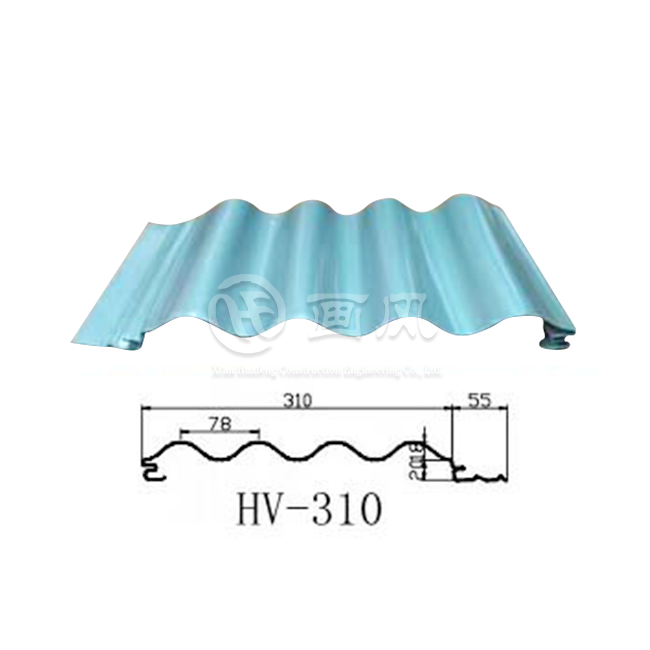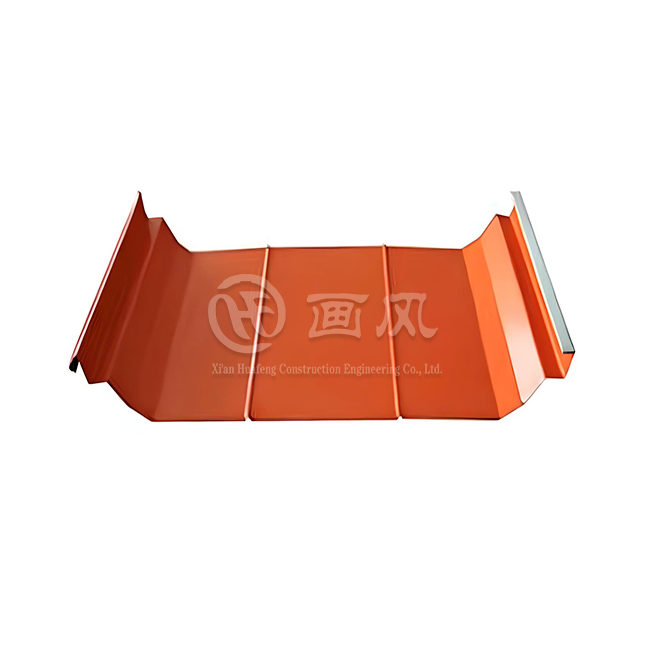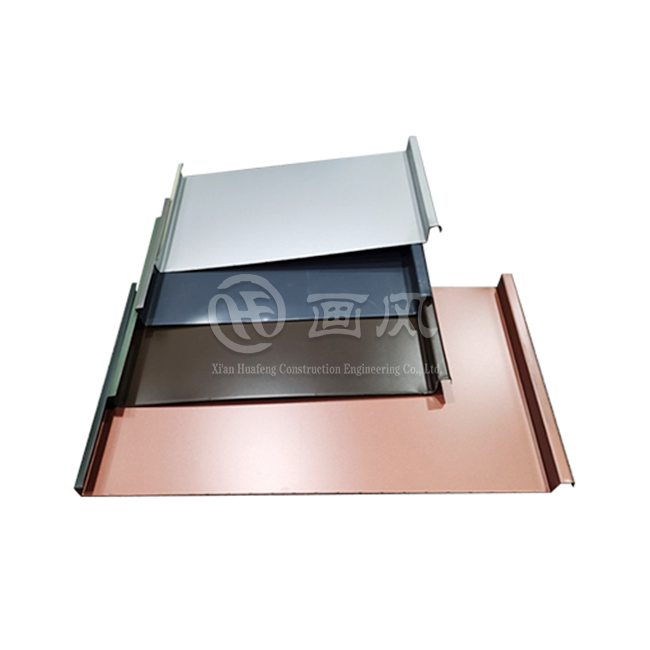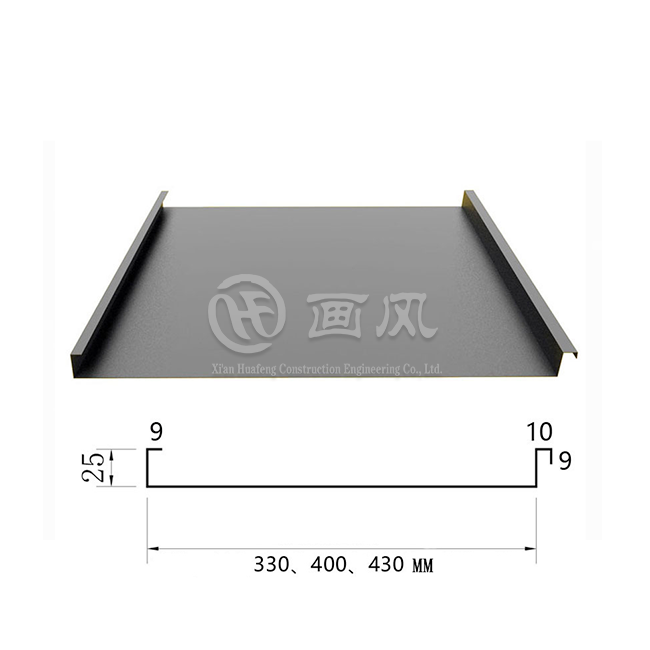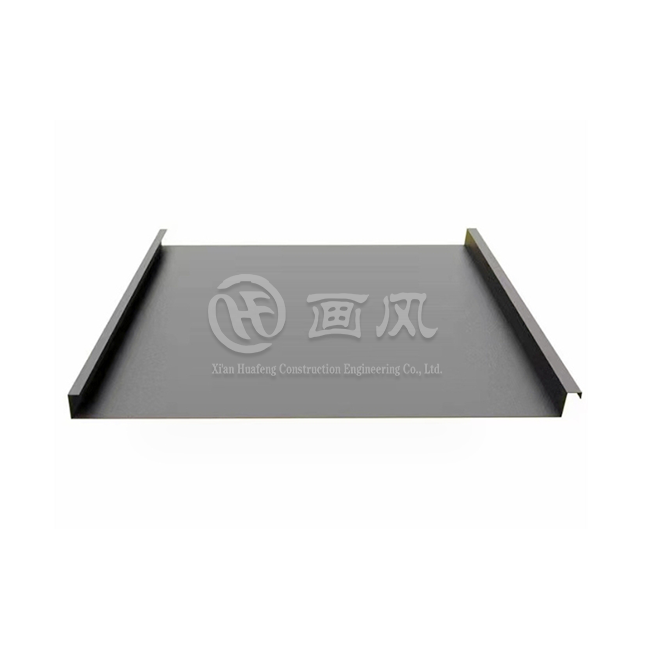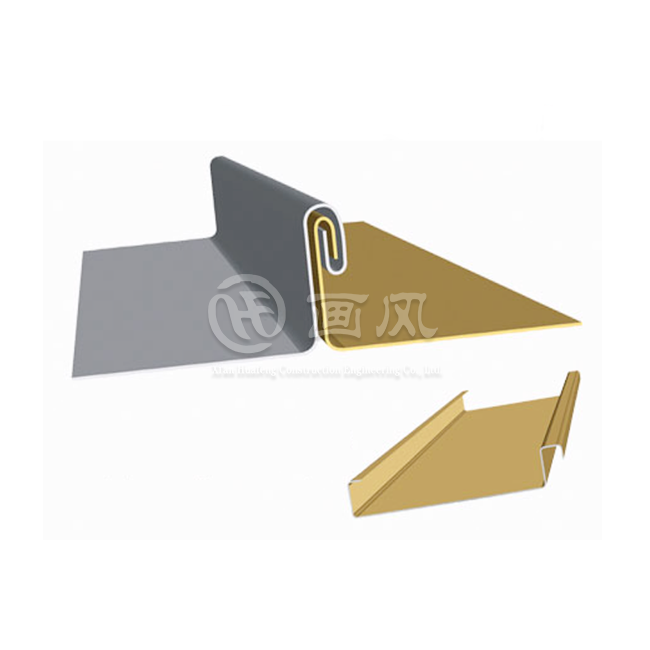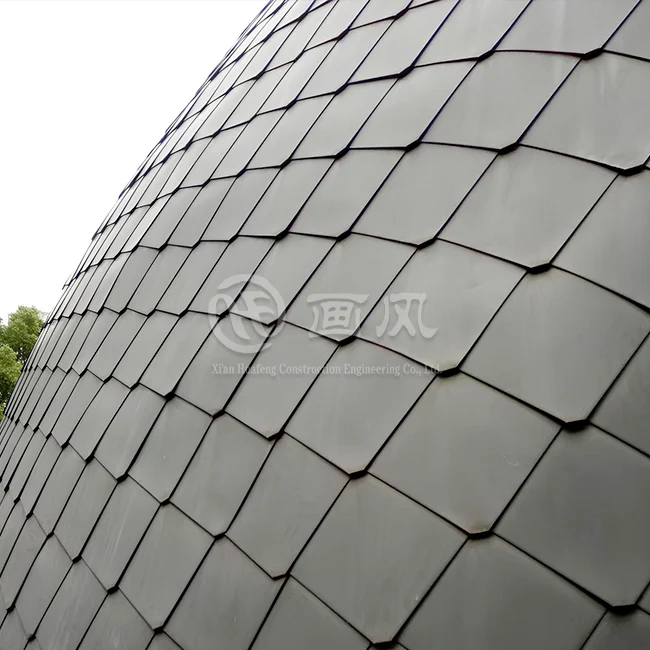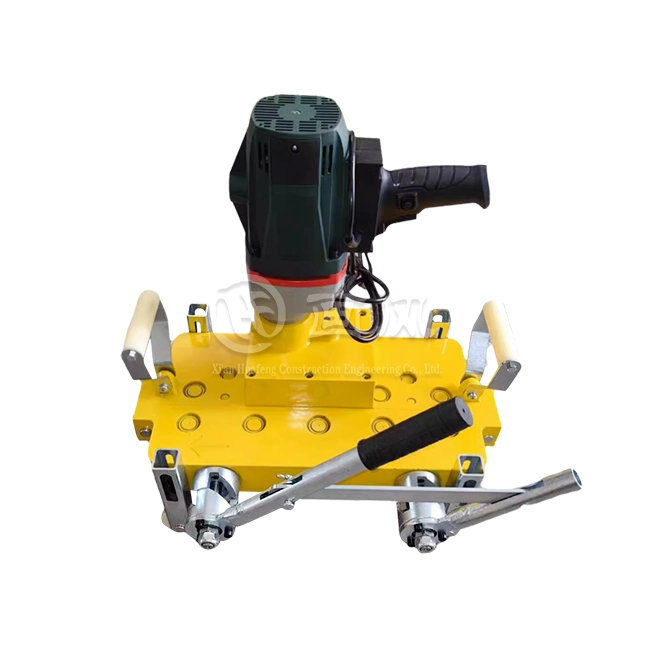Understanding Standing Seam Roofs
Standing seam roofs are characterized by their raised seams that interlock the metal panels together. This design not only enhances their durability and weather resistance but also gives them a sleek, modern appearance. The panels are typically made of materials like steel, aluminum, or copper, and the seams are elevated to prevent water penetration.
Why This Question Matters
Knowing whether you can walk on a standing seam roof is important for several reasons. It affects roof maintenance, repair work, and safety. Whether you're planning to conduct routine inspections or need to access certain areas of the roof, understanding how to do so safely is essential.
Factors Influencing the Ability to Walk on a Standing Seam Roof
Several factors determine whether it's safe to walk on a standing seam roof. These include the roof's design, material, condition, and the presence of proper safety measures.
1. Roof Design and Material
Design and Material: The design of a standing seam roof significantly impacts its durability and ability to support weight. The materials used in the roof also play a crucial role.
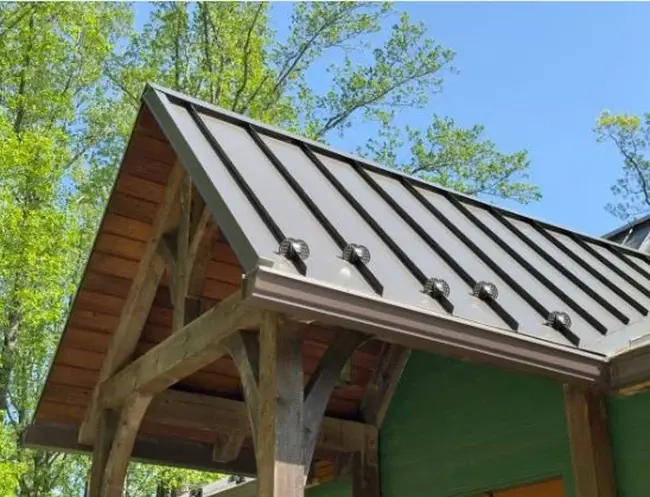
a. Panel Thickness and Strength
The thickness and strength of the metal panels affect how well they can support weight. Generally, thicker panels made from durable materials like galvanized steel or aluminum are better suited to handling foot traffic.
- Steel Panels: These are known for their strength and durability. They are often used in commercial and industrial buildings where additional strength is needed.
- Aluminum Panels: While lighter than steel, aluminum panels can still support weight if they are of adequate thickness.
- Copper Panels: Copper is highly durable but can be more susceptible to damage if not handled carefully.
b. Panel Profile and Seams
The profile of the panels and the design of the seams also influence the ability to walk on the roof.
- Snap-Lock Panels: These are designed for easier installation and do not have exposed fasteners. They are typically not as robust for walking compared to mechanical lock systems.
- Mechanical Lock Panels: These panels are designed for more severe weather conditions and are more robust, making them better suited for walking on.
- Double Lock Panels: These offer the highest level of weather tightness and durability. They can typically handle more weight due to their strong seam configuration.
References:
Metal Roofing Alliance: Panel Strength
National Roofing Contractors Association: Standing Seam Design
2. Roof Condition and Age
Condition and Age: The condition and age of a standing seam roof influence its ability to support weight. Older roofs or those in poor condition may not be as sturdy and could be more susceptible to damage.
a. Wear and Tear
Over time, standing seam roofs can experience wear and tear. This includes:
- Panel Deterioration: Panels may become corroded or weakened, reducing their load-bearing capacity.
- Seam Integrity: The seams, if not properly maintained, may lose their tightness and fail to provide adequate support.
b. Regular Maintenance
Regular maintenance is essential to ensure the roof remains in good condition. This includes:
- Inspection: Regular inspections help identify any issues with the panels or seams before they become major problems.
- Repairs: Prompt repairs of any damage can prevent further deterioration and maintain the roof's structural integrity.
References:
The Balance Small Business: Roof Maintenance
Roofing Contractor: Roof Inspection
3. Safety Measures and Best Practices
Safety Measures and Best Practices: Walking on a standing seam roof requires careful planning and adherence to safety protocols to prevent accidents and damage.
a. Use Proper Footwear
Proper footwear is crucial for walking on a standing seam roof. Soft-soled shoes or boots with good grip can help prevent slipping and reduce the risk of damaging the roof.
- Soft-Soled Shoes: These minimize the risk of scratching or denting the panels.
- Non-Slip Boots: These provide better traction and reduce the risk of slipping.
b. Employ Safety Equipment
Using safety equipment is essential for protecting yourself and ensuring safe access to the roof.
- Fall Protection Gear: Harnesses, ropes, and safety nets can prevent falls and accidents.
- Roofing Ladders: Specialized ladders designed for roofing can provide safer access to the roof without causing damage.
c. Consider Roof Traffic Areas
Certain areas of the roof may be more suitable for walking than others. For example:
- Walkways: Some standing seam roofs are designed with specific walkways or paths to facilitate maintenance and repair work.
- Service Areas: Designated service areas may be reinforced to handle foot traffic.
References:
OSHA: Roofing Safety Guidelines
HomeAdvisor: Roof Safety Tips
Walking on Different Types of Standing Seam Roofs
Understanding the specific type of Standing seam roof you have will help determine how to safely walk on it. Let's look at how different profiles and materials affect the ability to walk on the roof.
1. Snap-Lock Panels
- Snap-Lock Panels: These panels are typically easier to install but may not be as durable under foot traffic.
- Best Practices: Walk only in designated areas if available. Use proper footwear to avoid damaging the seams.
2. Mechanical Lock Panels
- Mechanical Lock Panels: These panels are generally more robust and better suited for foot traffic.
- Best Practices: Use fall protection and inspect the roof for any damage before walking. Ensure that you walk carefully to avoid damaging the seams.
3. Double Lock Panels
- Double Lock Panels: Known for their durability and weather resistance, double lock panels are the most robust option for walking.
- Best Practices: Follow standard safety procedures and use appropriate footwear. Regularly inspect the panels to ensure they remain in good condition.
References:
Roofing Contractor: Panel Profiles
The Balance Small Business: Roof Types
Conclusion
Walking on a standing seam roof is possible, but it requires careful consideration of the roof's design, material, and condition. Snap-lock panels, mechanical lock panels, and double lock panels each have different characteristics that affect their ability to support weight. Proper safety measures, including the use of appropriate footwear and safety equipment, are essential to ensure safe access and prevent damage.
Regular maintenance and inspections can help keep your Standing seam roof in optimal condition, allowing you to safely walk on it when necessary. By understanding the factors that influence roof durability and following best practices, you can effectively manage your roof and maintain its integrity over time.
References
Metal Roofing Alliance: Standing Seam Roof Systems
National Roofing Contractors Association: Standing Seam Roof Design
The Balance Small Business: Roof Maintenance Tips
OSHA: Roofing Safety Guidelines
HomeAdvisor: Roof Safety Tips









